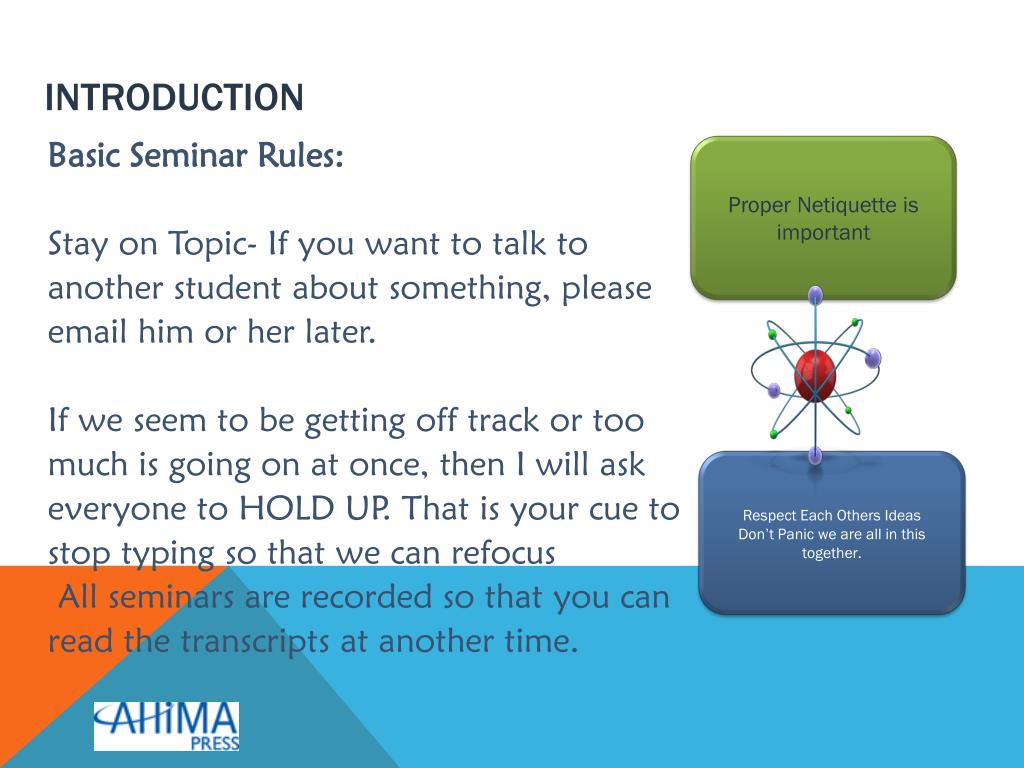


For example, a document that has only one or two sentences could be included in the email body rather than sent in an attachment. Only include attachments that are necessaryīefore you include an attachment in your email, ensure that it is necessary for the particular email you are sending. This can come off as overly casual and can have a negative impression on the recipient.
#BASIC RULES OF NETIQUETTE PROFESSIONAL#
Do not include emojis or other animations in your emailĪvoid including emojis or other animations such as smiley faces in your professional emails. This combination of size and lettering ensures that your email is easy to read and scan by most recipients. You should use a standard font that is easy to read, such as Calibri, Times New Roman or Arial and a font size of 10 or 12. Use a standard, easy-to-read font and font size
#BASIC RULES OF NETIQUETTE HOW TO#
Related: 14 Different Kinds of Email Faux Pas and How To Avoid Them 6.

Before hitting "send," double or even triple-check that you have spelled the recipient's first and last name accurately. One misspelling can make your communication look sloppy and offensive. Double-check the spelling of your recipient's nameĮnsuring that you have spelled your recipient's name correctly is very important to good email etiquette. This shows the recipient that you take your correspondences seriously and that you are not lazy with your emails. Avoid grammar or spelling mistakesĭo your best to avoid any grammatical or spelling errors in your email. If your subject line is vague or overly casual, the recipient may delete or overlook your email. This can help quickly convey to the recipient what your email is regarding as well as ensure that your email actually gets opened by the recipient. When writing a professional email, make sure that your subject line is clear and easily understood. Avoid abbreviated phrases or overly casual language. Even if you know the person well, you should strive to remain as professional as possible when corresponding in a business-related capacity. Keeping a professional tone in your professionally-oriented emails is another important component of good email etiquette. If you are responding to professional emails outside of work, create a professional email that includes your name so that recipients can easily see who is sending the email. If you are responding to an email within your organization, you should always use the email address provided to you by your company. Using a professional email address is an important part of good email etiquette. Be sure that your email address is of a professional nature Proofread your email before hitting "send".ġ.

Reply to professional emails as promptly as possible.Ĭheck to make sure you are sending your email to the correct recipient. Only include attachments that are necessary. Use a standard, easy-to-read font and font size.ĭo not include emojis or other animations in your email. The following are 11 email etiquette rules that you should follow when composing or responding to emails in a professional capacity:īe sure that your email address is of a professional nature.ĭouble-check the spelling of your recipient's name. Related: How to Write a Professional Email 11 email etiquette rules to follow when writing and sending emails Knowing basic email etiquette can ensure that you are perceived as professional and have confidence when writing or responding to emails in various settings.Įmail etiquette is important for a number of reasons, including that it:Įnables you to convey professionalism in a business settingĮnsures your emails are straightforward and easily understoodĬan prevent potential lawsuits associated with inappropriate emails sent in a work setting For example, the email etiquette you are expected to follow when sending emails to friends and family is likely different than the etiquette expected of you in the workplace. Email etiquette can be different depending on the nature of the email being sent. Related: 45 Different Email Greetings To Use at Work What is email etiquette?Įmail etiquette refers to how a person should behave when writing, answering and sending emails. In this article, we discuss the top 11 email etiquette rules to consider when writing and sending professional emails. While sending an email may seem simple and is certainly a quick and effective way to communicate, there are several rules that should be followed when emailing in a professional capacity. In fact, most people compose at least one email a day, and many individuals find themselves writing multiple emails on a daily basis. Email has become one of the primary ways in which individuals communicate both in personal and professional settings.


 0 kommentar(er)
0 kommentar(er)
